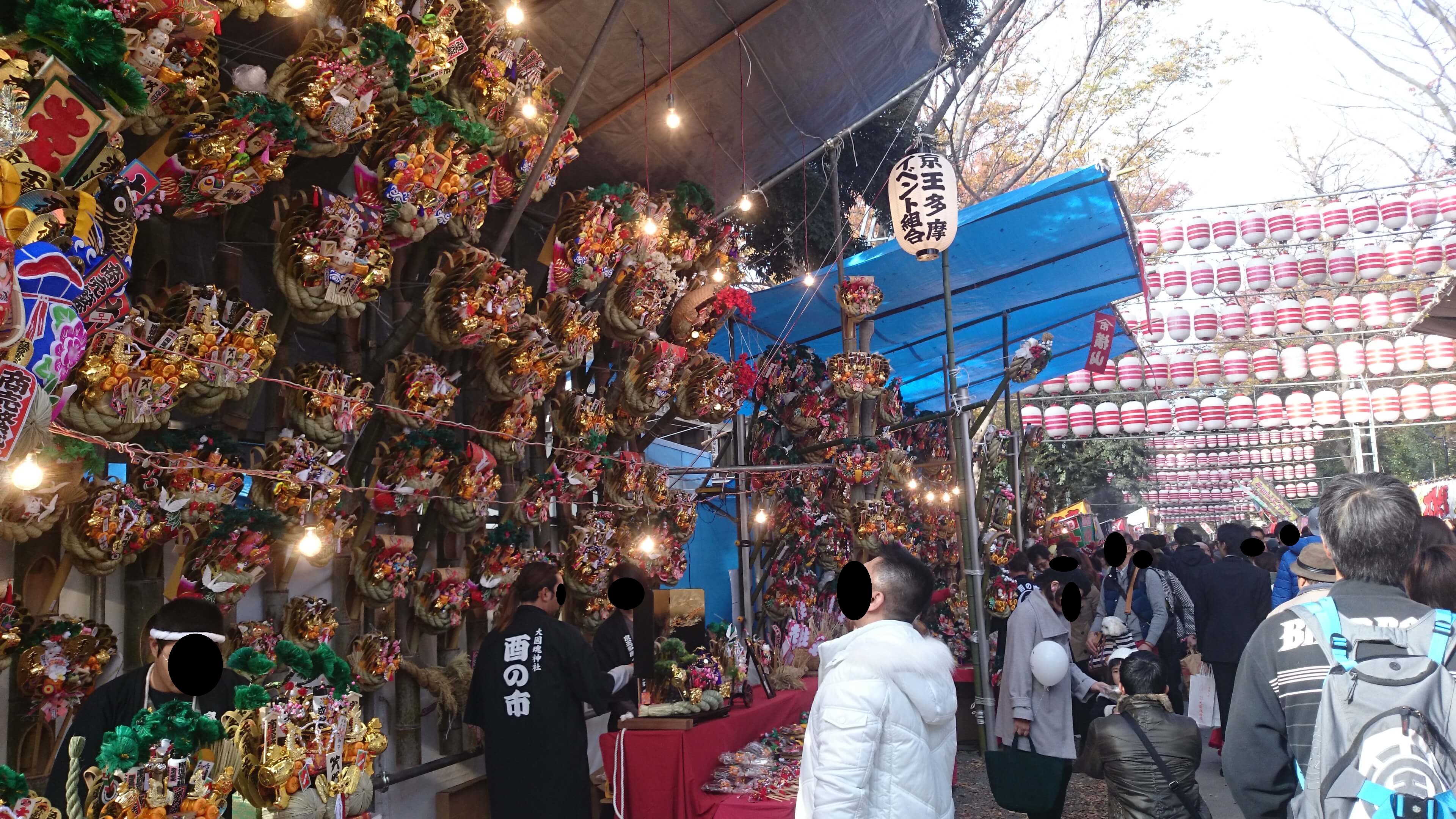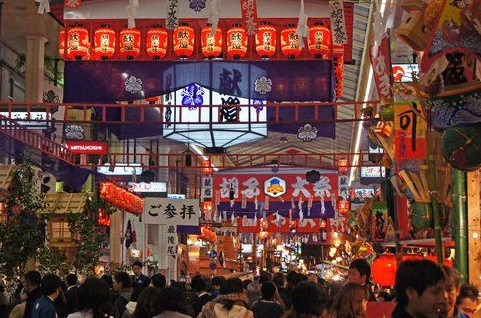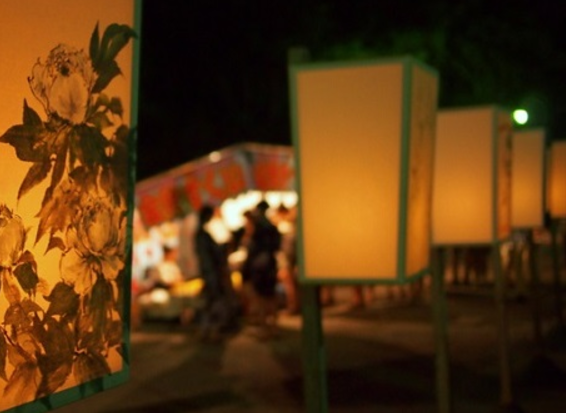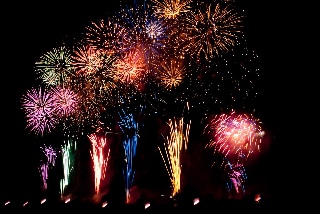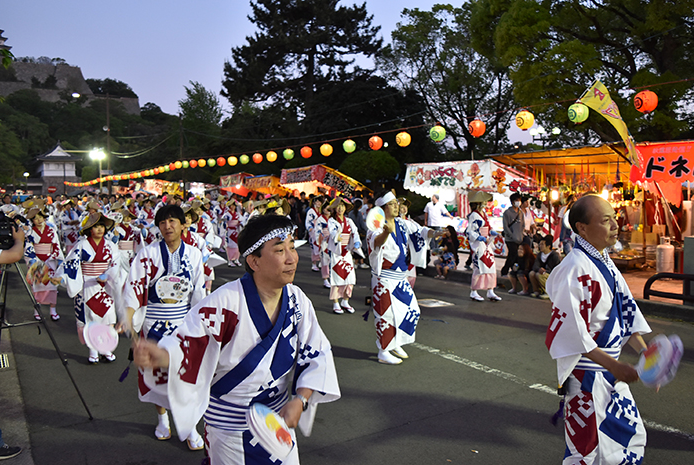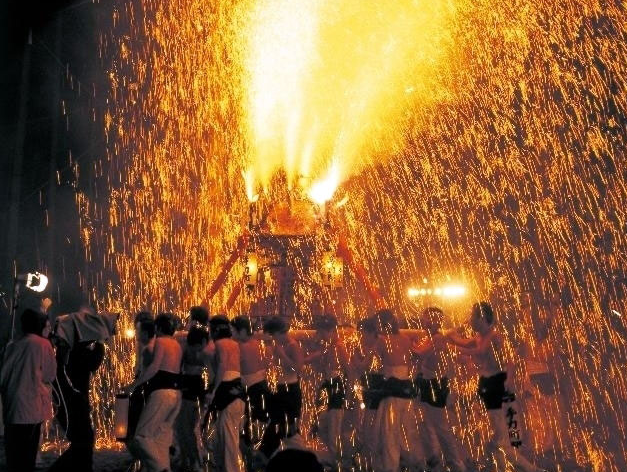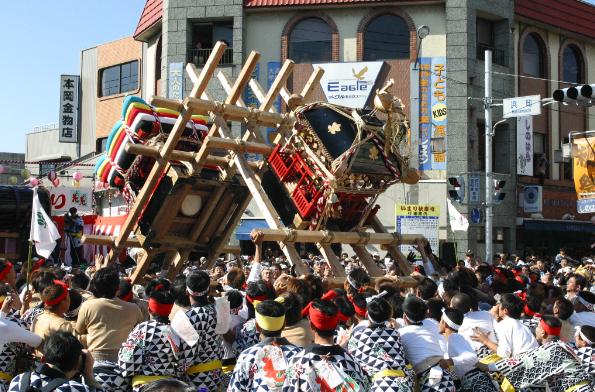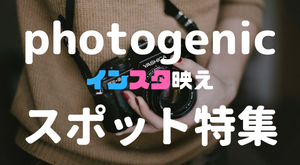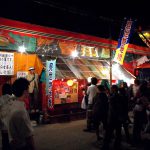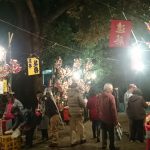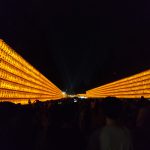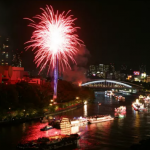Location: 3-1 Miyacho, Fuchu City, Tokyo
Date: November 11 and 23, 2016 (Tori no Hi in November every year)
Access:
Train:
Keio Line Express, Fuchu Station
10 minutes on foot from JR Nambu Line, Fuchu-Honmachi Station
https://www.ookunitamajinja.or.jp/matsuri/tori.html
https://www.ookunitamajinja.or.jp/matsuri/tori.html
“Tori no Ichi” is an annual event held at various Ohtori Shrines, Tori Temples, and Otori Shrines across Japan, primarily in the Kanto region, on the Days of the Rooster in November. There are usually three Days of the Rooster in November, but in some years, there are only two due to the calendar. The most lively day is the third Tori no Ichi, called “San no Tori,” which is even more vibrant than the first and second Tori no Ichi.
Additionally, the shrines and temples that host Tori no Ichi worship Prince Yamato Takeru, who is revered as a deity of military fortune, good luck, and business prosperity.
At Tori no Ichi, many more stalls are set up compared to other festivals, as evidenced by the sale of “engimono kumade” (lucky rakes) which symbolize gathering good fortune. This attracts a large crowd, making it one of the most lively winter festivals. The sense of urgency towards the year-end adds a different atmosphere compared to summer festivals. (From the ‘Festival Glossary’)
The festival we are highlighting in detail this time is the “Okunitama Shrine Tori no Ichi,” one of the pillars of the Three Great Tori no Ichi of Edo. This shrine is called “Okunitama,” and it was built in the 100s AD. It’s quite surprising to know it dates back to the same period as Queen Himiko. The inclusion in the ‘Three Great Tori no Ichi of Edo’ may be due to its extremely long tradition.
Now, the highlight of the festival is undoubtedly the “lucky rakes” (kumade). Although there are fewer kumade stalls compared to the other two major Tori no Ichi, the lively shouts and the prayers for business prosperity create an engaging atmosphere.
Regarding the shouting, the sense of unity between the vendors and customers is better here than at the other two, so if your main goal is to purchase a kumade, I recommend this festival. Among the three major Tori no Ichi, this one gives you the strongest feeling of “I’m sure next year will be great!”
Additionally, I noticed that there were more families with children here compared to the other two major Tori no Ichi, and many were also celebrating Shichi-Go-San (a traditional rite of passage for children). If you have a child about to celebrate Shichi-Go-San and are considering this shrine, it’s something to keep in mind for better or worse.
For those seeking a festive atmosphere, this festival is also highly recommended. The number of stalls was around 100, and the combination of the stalls lining both sides of the approach and the crowd size is quite rare. At night, the lanterns overhead light up, which should really elevate the festive mood.
The photo above is self-explanatory. If you are interested, please take a look.
Here’s some additional useful information:
- The stalls are lined up on both sides of the path leading to the shrine, so if you come from Fuchu-Honmachi Station, you can get to the stalls faster. However, the kumade stalls are closer to the main hall, so if you’re focused on kumade, I recommend coming from Fuchu Station.
- The line to pray at the main hall is the shortest among the three major Tori no Ichi, but it still takes about 30 minutes. Considering the number of nearby convenience stores, the availability of restrooms is limited, so please be careful.
The Three Major Tori no Ichi of Edo:


